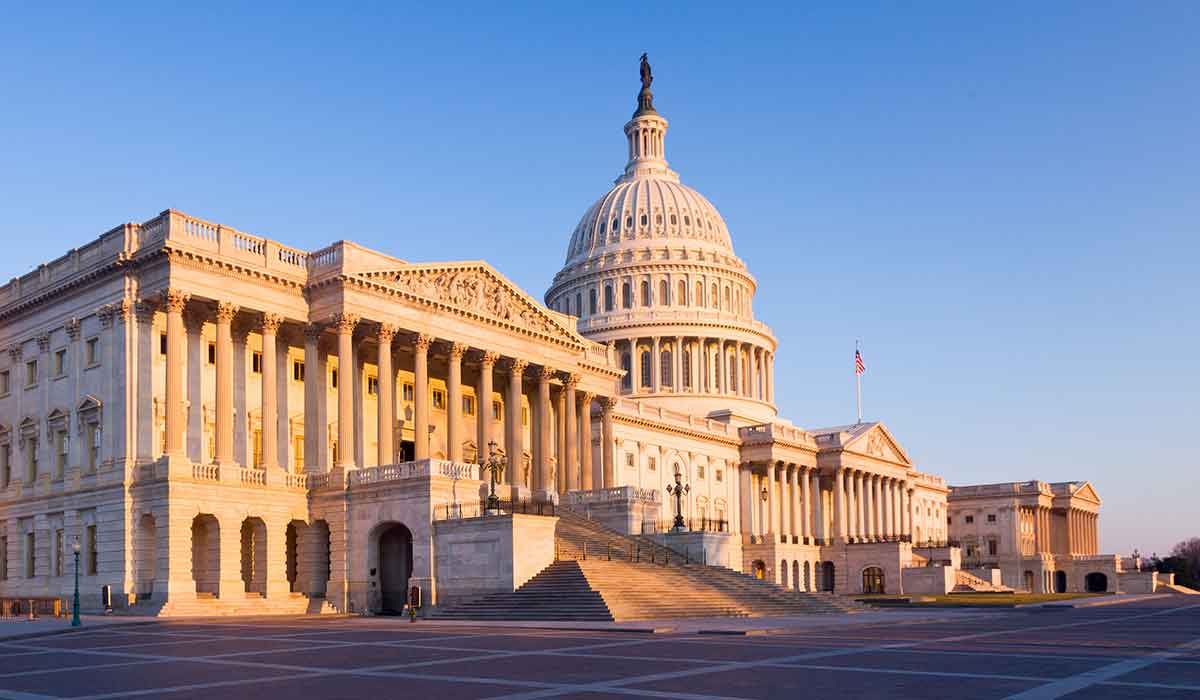Washington’s Attack on Online Advertising Revenues Disguised as Tax Reform
When we look at the creative destruction associated with our Connected Society investing theme, on the positive side we see new technologies transforming how people communicate, transact, shop and consume content. That change in how people consume TV, movies, music, books, and newspapers has led to a sea change in where companies are spending their advertising dollars given the consumer’s growing preference for mobile consumption on smartphones, tablets and even laptops over fixed location consumption in the home. This has spurred cord cutters and arguably is one of the reasons why AT&T (T) is looking to merge with Time Warner (TWX).
Data from eMarketer puts digital media advertising at $129.2 billion in 2021, up from $83 billion this year with big gains from over the air radio as well as TV advertising. As a result, eMarketer sees, “TV’s share of total spend will decline from 35.2% in 2017 to 30.8% by 2021.”
That shift in advertising dollars to digital and mobile platforms away from radio, print and increasingly TV has created a windfall for companies like Facebook (FB) and Alphabet (GOOGL) as companies re-allocate their advertising dollars. With our Connected Society investing theme expanding from smartphones and tablets into other markets like the Connected Car and Connected Home, odds are companies will look to advertising related business models to help keep service costs down. We’ve seen this already at Content is King contenders Pandora (P) as well as Spotify, both of which use advertising to allow free, but limited streaming music to listeners. Outside the digital lifestyle, other companies have embraced this practice such as movie theater companies like Regal Cinema Group (RGC) that use pre-movie advertising on the big screen to help defray costs.
The sounds you just heard was jaws dropping at the thought that this might happen and what it could mean to revenue and earnings expectations for Facebook, Alphabet, Twitter (TWTR), Snap (SNAP), Disney (DIS), CBS (CBS), The New York Times (NYT) and all the other companies for which advertising is a key part of their business model.
As we talked on the last several Cocktail Investing Podcasts, there are several headwinds that will restrain the speed of the domestic economy – the demographic shift and subsequent change in spending associated with our Aging of the Population investing theme and the wide skill set disparity noted in the monthly JOLTs report that bodes well for our Tooling & Retooling investment theme are just two examples. Our view is incremental taxes like those that could be placed on advertising would be a net contributor to the downside of our Economic Acceleration/Deceleration investing theme.
That’s how we see it, but investors in some of the high-flying stocks that have driven the Nasdaq Composite Index more than 17 percent higher year to date should ponder what this could mean to not only the market, but the shares of Facebook, Alphabet, and others. In our experience, one of the quickest ways to torpedo a stock price is big earnings revisions to the downside. With the S&P 500 trading at more than 18x expected 2017 earnings, a skittish market faced with a summer slowdown and pushed out presidential policies could be looking for an excuse to move lower and taking the wind out of this aspect of the technology sails could be it.




